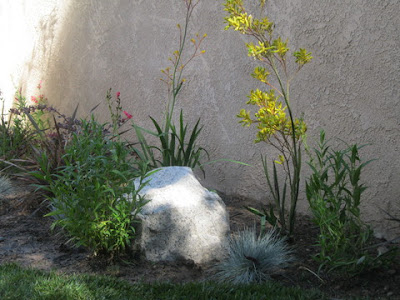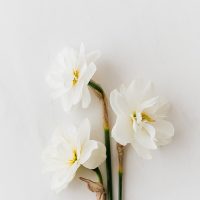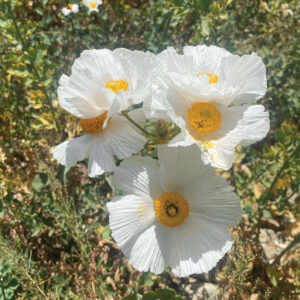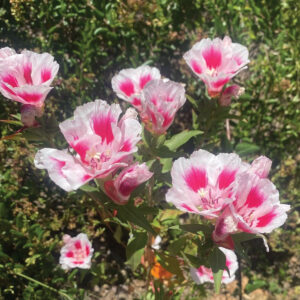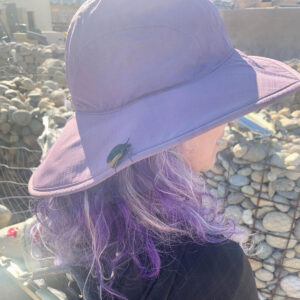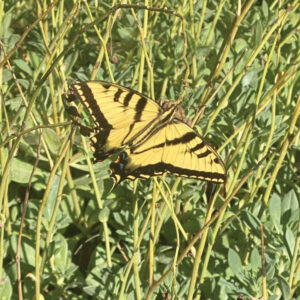Penstemons are a wonderful plant, and depending on your site there is probably a penstemon that can work for you. A single specimen can be variable so it is best to plant penstemons in a mass where they will put on a dramatic show. They come in many colors from vibrant red, to sky blue/purple to apple blossom. They attract hummingbirds and since they have tubular flowers – the red ones don’t attract bees! Penstemons make a great border plant and look good in both a cottage garden and a rock garden… very versatile. They do well in loose soil that is gravelly, love raised beds, and are perfect for slopes and hillsides.
All penstemons like to have full sun (but will take some shade, especially in hot areas) soil that drains well, and they need plenty of room. They like to spread out and come in a variety of sizes both in height and in width. They can be plant in spring through summer and should be spaced 1 to 3 feet apart, depending on the variety.
In California we have both native varieties and non-natives, care instructions have similarities but there are a few differences. I will mention them below.
In either case prepare your bed by loosening the soil, if you are planting non-natives add some amendments and then plant your penstemons in a hole that is the same height as it’s nursery pot but twice the diameter. You can also add an all purpose fertilizer at planting. If you are planting natives, don’t amend the soil or add fertilizer – but make sure that you are planting it in soil that has good drainage… not clay.
Both natives and non-natives will benefit from a layer of compost each spring, 2-4” depending on what “school of mulch” you belong to. This will help the plants retain the moisture they need and control weeds. All plants will need to be watered regularly in the first year to establish them, after that the natives will want MUCH less water (so don’t mix them). Water plants during dry periods and you can allow the soil to dry between waterings and since their roots don’t go deep you only need the soil to be wet 3-4” down. You can fertilize non-natives every six weeks during the season and they will benefit from high phosphorous fertilizer just prior to bloom time.
Flower spikes – you can cut them and bring them in the house or leave them for the hummingbirds. Once they have finished blooming cut back the spent flower spikes because this will encourage re-blooming. Once the season is over cut the plants back to about 2” from the ground but DON’T pull them out. They are perennials and will come back year after year. If your areas gets cold, you can add a new layer of mulch to protect the rhizomes.
California Penstemons also need full sun and good drainage, plus they need little water. After the first summer of establishment they need little to no water everywhere except the hottest areas, including the desert. They actually like hot, arid, dry conditions so they do best in the interior of California, and not so well in the coastal areas. They can easily survive on the 14-15 inches of rainfall that we usually get.
Enjoy!
For more about my designs please visit my website.


